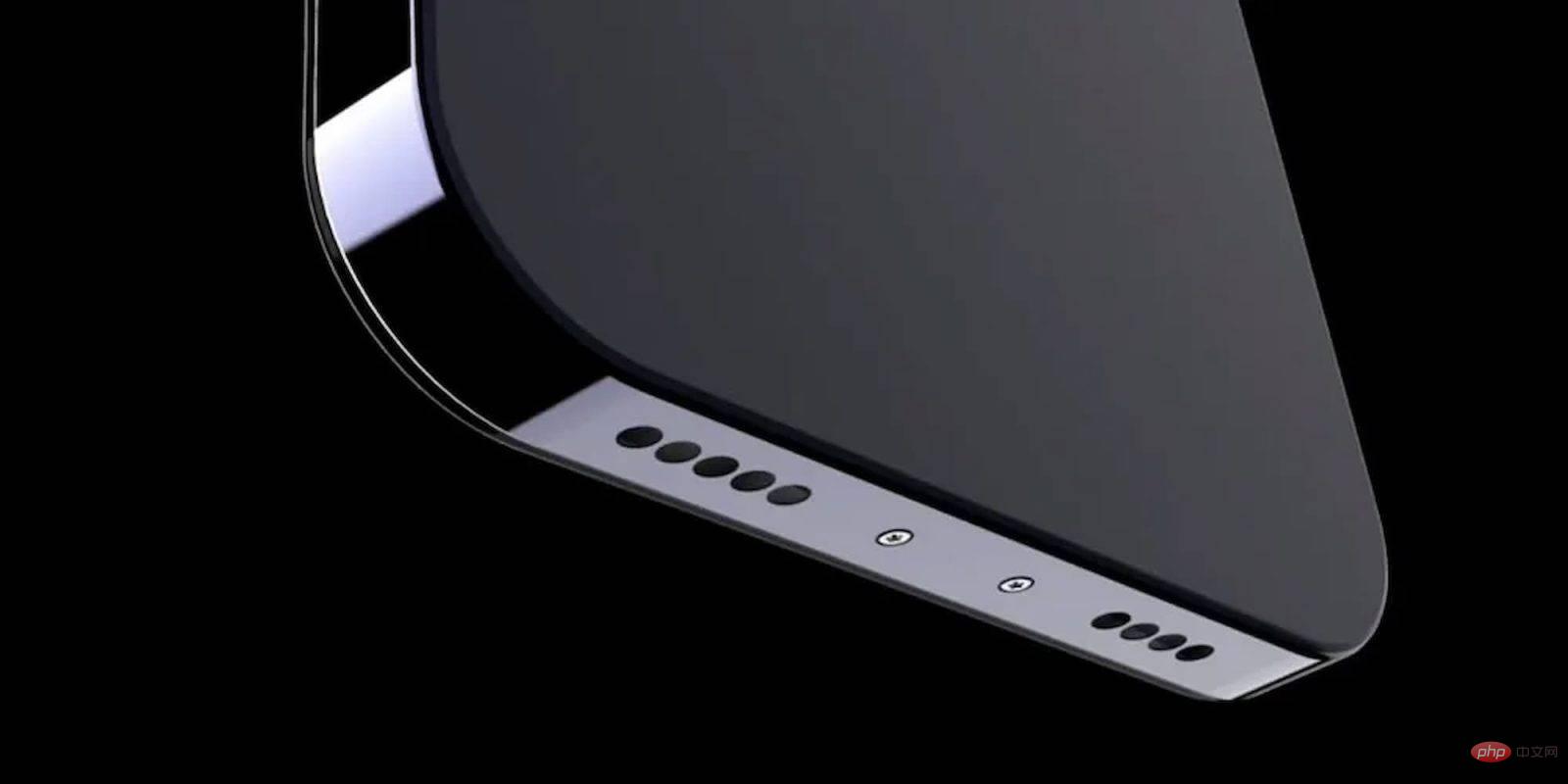Home >Common Problem >Lightning was launched 10 years ago as the 'modern connector for the next decade” – what's next for iPhone 14?
Lightning was launched 10 years ago as the 'modern connector for the next decade” – what's next for iPhone 14?
- PHPzforward
- 2023-04-13 13:40:06959browse
Nearly 10 years after Phil Schiller announced Lightning cables as "the modern connector of the next decade" at the same Apple event in September 2012, the company announced its latest creation, the iPhone 5. The Lightning port was in the iPhone 5 and it's been on every iPhone since. If Apple decides to retire Lightning, which port can we expect on the iPhone 14? 
In 2012, Apple transitioned from the 30-pin connector that debuted in 2003 to the reversible design and improved durability of the Lightning port. Many Apple products, as well as Android smartphones, have now switched to USB-C cables, leaving the iPhone in the dust. Over the years, there have been various reports of iPhones moving to USB-C or fully wireless charging.
Apple analyst Ming-Chi Kuo even reported in 2019 that the iPhone would drop the Lightning port from its high-end lineup in 2021. While this didn't pass, many still expect this year's iPhone 14 to implement the change.
Developments indicate that the iPhone 14 will be portless. There won't be any Lightning ports or USB-C - it's purely wireless. It's expected to appear on the Pro lineup first, followed by the rest of the iPhones. Additionally, wireless charging will include MagSafe functionality. MagSafe launched with the iPhone 12 back in 2020 and has since become an accessory staple.
The European Commission has drafted a proposal to require USB-C to become a standard port on devices sold in the EU. This applies to smartphones, tablets, headsets, video games, and more. If the proposal passes, Apple would have two years, until 2024, to bring its European devices into compliance.
The above is the detailed content of Lightning was launched 10 years ago as the 'modern connector for the next decade” – what's next for iPhone 14?. For more information, please follow other related articles on the PHP Chinese website!

